A gold signet ring engraved with the pelican in its piety.
English, late 16th century.
Ring size T UK / 9.5 US.
The bezel measures 1.2 x 1.2cm.
In the Middle Ages and throughout the Renaissance period the pelican was seen as a symbol of self-sacrifice and was used in Christian traditions as a depiction of Christ’s sacrifice of dying on the cross to save mankind. In times of food shortages, mother pelicans were believed to pluck their own breasts to feed their dying young with their blood, saving their lives. In the process of feeding the mother would die.
This potent symbol of self-sacrifice and motherly love was co-opted by Elizabeth and used to represent her as 'mother' to her Protestant nation. It also signified the Queen’s commitment to her subjects. The pelican became one of Queen Elizabeth’s favourite symbols. A pendant in the form of a pelican can be seen worn by Queen Elizabeth I in a portrait associated with the painter Nicholas Hilliard, circa. 1575.
—————————————————
A similar example can be found in the collection of the Victorian and Albert Museum, London, Accession number: 792-1871.
It is catalogued as:
Gold signet ring with an octagonal bezel engraved with a pelican in its piety, with behind, 'TS' in monogram, made in England, about 1500-50.
Historical significance: An almost identical ring in the possession of Corpus Christi College, belonged to the founder, Richard Foxe, Bishop of Rochester (d.1528). It is possible therefore, that this is a standard signet of the Bishops of Winchester.
—————————————————
Another similar example can be found in the collection of the British Museum, London, Registration number: AF.824.
It is catalogued as:
A gold signet-ring with an oval-shaped bezel engraved with the image of a pelican in her piety within a cabled border. The bird is shown in profile with spread wings and standing in a nest. Blood pours from the bird's chest to feed three of her young. The reverse of the bezel is stamped with a maker's mark. Above this, initials have been lightly carved into the gold. There are very slight traces of black and red enamel.
English, 17th century.















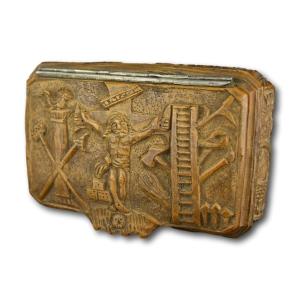
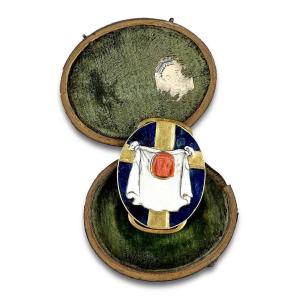
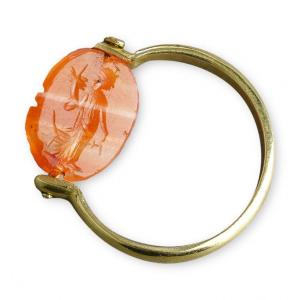


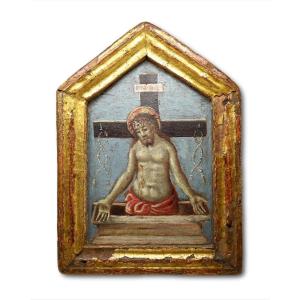

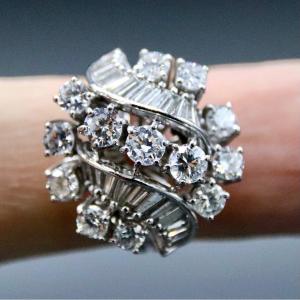







 Le Magazine de PROANTIC
Le Magazine de PROANTIC TRÉSORS Magazine
TRÉSORS Magazine Rivista Artiquariato
Rivista Artiquariato
